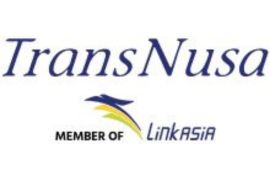Service providers who use emoticons are perceived as warmer, but less competent
The study found that emoticon usage by a customer service employee had conflicting effects. According to participants polled, customer service employees who used emoticons appeared warmer, but also less competent than those who eschewed using emoticons. This outlook held true regardless of whether or not a customer service employee used emoticons that were pictorial or text-based (e.g. :) ), showing that the power of emoticons is not purely driven by eye-catching graphics and colors.
How emoticons are perceived is highly dependent on the recipient’s preferences
The individual customer’s personality and expectations on how a service relationship should be conducted plays an important role in how emoticon senders are ultimately seen. More communal-oriented customers (i.e. customers who enjoy friendlier relationships with brands) perceive service providers who use emoticons to be warmer, which in turn makes them feel more satisfied with the service provided. Conversely, exchange-oriented customers (i.e. customers who prefer purely transactional relationships with brands) see a customer service employee using emoticons as less competent, making them more likely to be less satisfied. These effects apply to all emoticons, regardless of whether the emoticon used is positive or negative.
In an unsatisfactory service situation, using emoticons will compound the negativity
When service is deemed unsatisfactory and is failing to resolve the situation, the study reasons that all customers - no matter if communal-oriented and exchange-oriented - will increasingly place value on competence as opposed to warmth. In these situations, emoticon usage by a customer service rep usually makes the situation even worse.
When delivering outstanding service, using emoticons boosts customer purchase behavior
When a customer service employee goes the extra mile to address a customer’s needs (e.g. proactively providing extra care or professional knowledge) with messages accompanied by an emoticon, the study finds that customers are more likely to buy. With this in mind, firms stand to benefit from promoting emoticon usage among their customer service reps if the firm is confident that they can resolve situations with exceptional service.
The research indicates that businesses should be mindful of their emoticon implementation in service interactions. When delivered skillfully at the right time, an employee and the brand as a whole can potentially be seen as friendlier, more helpful and more sociable. But if misused, emoticons can worsen an adversarial situation and diminish the perceived competence of the employee and their firm.
More information is available at https://bus.hkbu.edu.hk.
View source version on businesswire.com: https://www.businesswire.com/news/home/20200220005312/en/
Contacts
Media:
HKBU School of Business
Eva Sham
E-mail: Evasham@hkbu.edu.hk
Source: HKBU School of Business
Reporter: PR Wire
Editor: PR Wire
Copyright © ANTARA 2020












